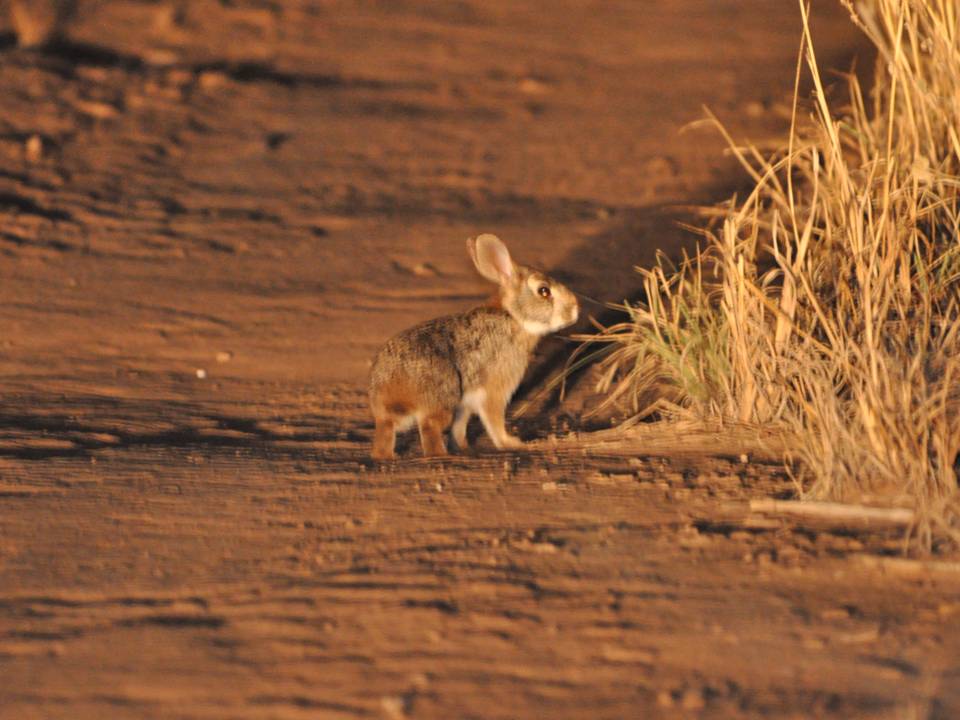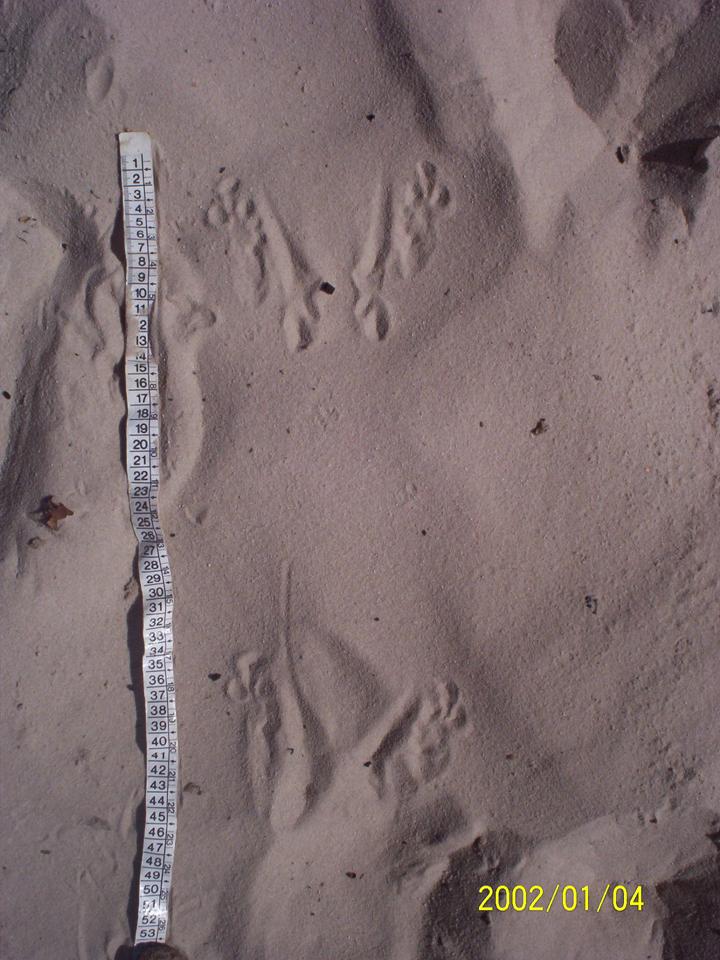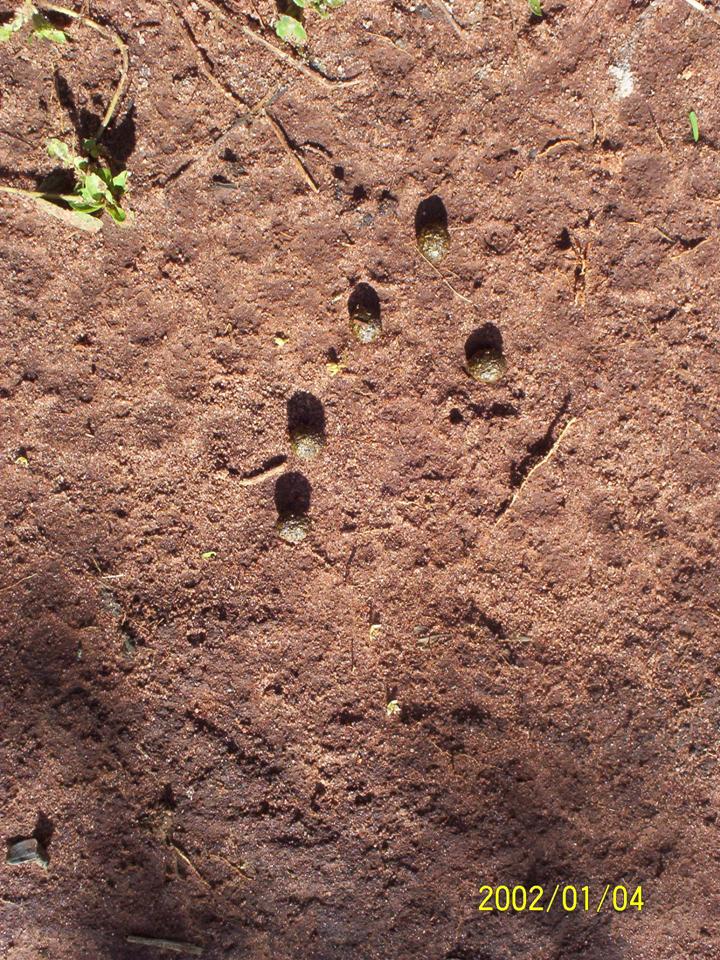 | FIGURE 1 |
|
 | FIGURE 2 |
|
 | FIGURE 3 |
|

Designed by Paul Smith 2006. This website is copyrighted by law.
Material contained herewith may not be used without the prior written permission of FAUNA Paraguay.
Material on this page was provided by Paul Smith and Sjeff Ollers and is used with their permission.

BRAZILIAN COTTONTAIL Sylvilagus brasiliensis
The Brazilian Cottontail or Tapiti is the only rabbit native to Paraguay. It is a handsome little species, characterised by its reddish nuchal area. Rabbits are well-known for their long ears and long hind legs adapted to an unusual form of locomotion, half jump, half run - when pursued breaking into an extremely rapid, zig-zagging sprint that carries them to safety. Though they possess long incisors rabbits are not rodents, they belong to their own group known as the lagomorphs. They possess a long gap between their incisors and their other teeth, known as a diastema.
Click on the images to enlarge them.
FIGURE 1 - (FPMAM833PH) Adult, PN Defensores del Chaco, Departamento Boquerón (Sjeff Ollers October 2009).
FIGURE 2 - (FPMAM834PH) Footprints, Estancia Laguna Blanca, Departamento San Pedro (Paul Smith November 2005).
FIGURE 3 - (FPMAM835PH) Characteristic ball-like faeces, same location (Paul Smith November 2005).
VIDEO - (FPMAM894VI) Adult, PN San Rafael, Departamento Itapúa (Paul Smith October 2010).

